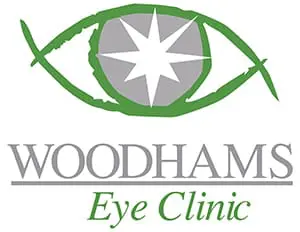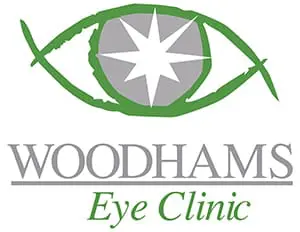There are two conventions used among eye doctors on how to notate a typical glasses prescription: minus cylinder or plus cylinder. They are functionally the same (at least at the level of accuracy required in spectacle lenses).
In effect, it depends on whether you measure from the “top to the bottom” or the other way round. For example, a right (or left) eye’s line on the Rx form might read: -3.00 -1.00 x 90˚ (minus cylinder convention). Alternatively, it could be written: -4.00 +1.00 x 180.˚ [Notice that the average of the two diopter numbers in each notation is the same: -3.50 D.] The amount of the cylinder is also the same, but lies along the opposite orientation (90˚ away). This doesn’t mean the cylinder is changing -just that the steepest meridian is 1.0 diopter more than the flattest: the minus or the plus notation indicates whether you are measuring from steepest meridian to the flattest or from flattest to the steepest!
The reason for the two different conventions is historical. Ophthalmologists (MDs) are typically taught in plus cylinder and Optometrists in minus. Optometry grew out of the opticianry business where oculists (an old word for eye doctor) actually had to grind a lens blank flatter in a particular direction to treat the astigmatism, hence the minus (subtracted) number along that direction.
Written by J. Trevor Woodhams, M.D. – Chief of Surgery, Woodhams Eye Clinic

